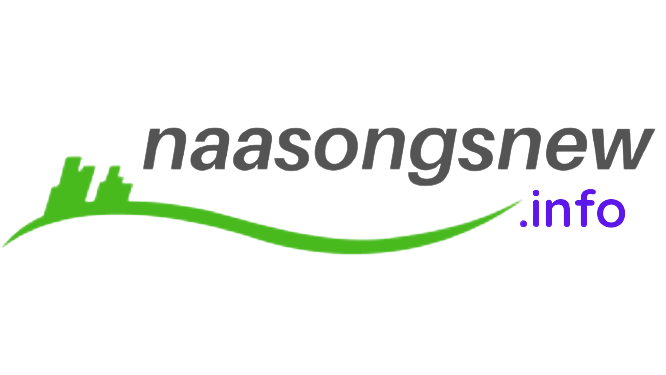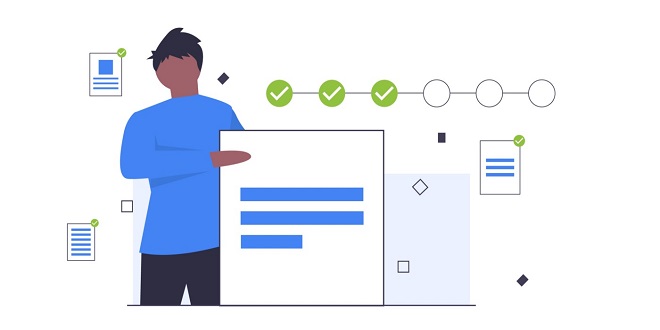Product documentation is a process of creating documents that explain how a product or service works. It is typically used to help users understand and use a product or service. Docsie.io product documentation can include user manuals, installation guides, and technical specifications. In this article, you will get to know everything to create perfect product documentation.
Create a Roadmap:
As your product evolves, keeping your documentation up to date is important. Outdated documentation can frustrate users and cause them to give up on using your product. A good way to avoid this is to create a roadmap for your product documentation.
- Creating a roadmap will help you:
- Keep track of what needs to be updated in your documentation
- Set priorities for updates
- Communicate with other stakeholders about when updates will happen
Here Are Some Tips For Creating A Roadmap For Your Product Documentation:
- Define what needs to be included in the documentation. Make sure to consider all aspects of the product, including features, integrations, workflows, etc.
- Create milestones for each update. Consider using a tool like JIRA to track these milestones.
- Assign responsibility for each update to a specific team member or department.
- Set a schedule for each update. This will help you ensure that the documentation is kept up to date.
- Communicate the roadmap to all stakeholders. This will ensure that everyone is on the same page and aware of when updates will happen.
Following these tips, you can create a roadmap for your product documentation that will help keep your docs up to date and avoid frustration for users.
How to Organize product Documentation:
Your product documentation should be organized in a way that is easy for users to find what they need. This can be accomplished by using a hierarchical structure, with the main topics at the top level and subtopics at the lower levels.
The Following Tips Will Help You Organize Your Product Documentation:
- Use a clear and concise naming convention for all files and folders.
- Group related topics together.
- Use redirects to point users to the most up-to-date versions of topics.
- Use the search functionality to allow users to find what they need.
- Make sure the structure of your documentation is easy to understand.
By following these tips, you can ensure that your product documentation is easy to navigate and users can find what they need.
How to Export Documentation Process:
It is important to be able to export your documentation so that it can be easily shared with others. There are a few different ways you can export your documentation:
- HTML
- Word
- Markdown
- reStructuredText
- DITA
- DocBook
- EPUB
- XLIFF
- JSON
- YAML
- XML
- CSV
- TSV
- RTF
- ODt
Let Us Have A Brief Idea About All of Them:
- HTML is the most common format for exporting documentation, as it can be viewed in any web browser and is easy to share. PDF is also a popular format, as it can be viewed on any device and is easy to print.
- Word, Markdown, reStructuredText, and DITA are all popular formats for exporting documentation, as they can be easily converted into other formats.
- JSON, YAML, XML, CSV, TSV, RTF, and ODt are all popular formats for exporting documentation, as they can be easily imported into other applications.
How to Write A Perfect Product Documentation:
No matter what format you choose to export your documentation, it is important to ensure that the content is well-written and accurate. Here are a few tips for writing perfect product documentation:
- Use simple language that can be understood by users of all levels.
- Avoid using jargon.
- Be clear and concise.
- Use screenshots and diagrams to explain concepts.
- Make sure the content is up to date with the latest version of the product.
- Test the documentation with real users to get feedback.
By following these tips, you can ensure that your product documentation is well-written and easy to understand.
Don’ts While Creating Product Documentation:
- Do not copy and paste from other sources. This can lead to errors and inaccuracies in the documentation.
- Do not make assumptions about what users know. Always explain concepts in detail.
- Do not use complicated language or jargon. Keep it simple so that users can understand it.
- Do not forget to test the documentation with real users before publishing it. This will help you catch any errors or confusion in the content.
- Do not forget to keep the content up to date with the latest version of the product. Otherwise, users will quickly become frustrated with outdated information.
By following these tips, you can avoid common mistakes when creating product documentation.
Conclusion:
Product documentation is an essential part of any product. It should be well-organized, easy to navigate, and up-to-date with the latest product changes.
 Naa Songs
Naa Songs




